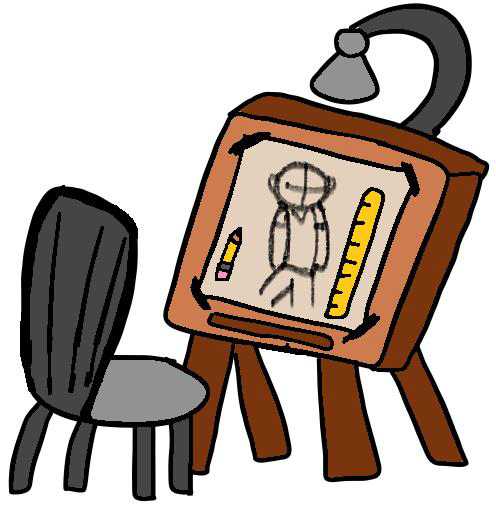Animation Unreasonably Overlooked and Underappreciated
December 16, 2022
Though a great number of us grew up watching animated entertainment, a truth about this form of media has slipped by us: Animation is a medium, not a genre. It has the ability to show and express details that live-action can’t, and innumerable live-action films rely on forms of animation like Computer-Generated Imagery (CGI) and motion capture (recording an object or person’s movements to then animate them) in order to tell their stories. There is no limit to animation except for the imagination of the animator. Studios like Dreamworks and Studio Ghibli prove that animation is profitable, and their films are enjoyed by people of all ages alike. So why is this medium still overlooked and treated like entertainment solely for children? Animation is for everyone and should be appreciated and recognized for its beauty, creativity, and possibility.
A great number of people think that animation is only for children, or that adults aren’t interested in it, including important figures like Disney Chief Executive Officer (CEO) Bob Chapek, according to Screenrant. But that couldn’t be further from the truth. Just look at shows like Star Wars: The Clone Wars, Avatar: The Last Airbender, and absolutely anything on Adult Swim. Countless animated shows and films deal with mature, universal themes and situations that resonate with all age groups. There are so many incredible series out there that push the boundaries of both animation and storytelling such as Gravity Falls and Arcane: League of Legends. According to a documentary about Fleischer Animation, one of the first animation studios, the format was not created for children. When television came along, networks started airing cartoons alongside kids’ shows, beginning the association between the two (tcm.com).
Too often, companies put their own profit and image over their animated shows. The Owl House is a magnificent, well-written, and beautifully animated series, but the third and final season of the show was significantly shortened because it “…did not fit the Disney brand,” said the Series Creator Dana Terrace (disney.fandom.com). While the exact details of its shortening weren’t stated by Disney itself, as of the writing of this article, many fans suspect homophobia towards the show’s much-praised LGBTQ representation played a role. Whatever the reason may be, it goes to show that even a massive animation company like Disney is not exempt from treating animated shows as disposable regardless of their success.
When HBO Max and Discovery Plus merged, it was revealed that dozens of films and shows were planned to be removed from the platforms. According to the Los Angeles Times, “The bulk of the removed programs are animated series and programs aimed at children and tweens” (latimes.com). The move outraged many creators and viewers alike. Warner Bros. Discovery said they were removing the shows because they didn’t have a large enough audience. But why was it mostly the animated shows removed? Certainly, there must also have been plenty of live-action shows that didn’t meet their expectations.
It is understandable why most media companies prefer live-action over animation; animation is expensive and requires teams of animators working unreasonably long hours for months, if not, years just to make one animated film or season of a series. However, when animation is done well, the end result is something special. It creates a feeling that envelops the viewer in a way other formats truly cannot. Senior Amy Reisch said, “Animation tells stories in a way that is different from live-action. There are so many things that animation can do that live-action can’t.” Even famed Director Guillermo del Toro said, “Animation is not a genre for kids. It’s a medium. Animation is film. Animation is art, and it can tell stories that are gorgeous and complex” (screenrant.com).
Animation is a powerful medium that must not be brushed over or overlooked, as it has immense value. It is an art form brimming with beauty and potential, and therefore should be respected as such. Companies shouldn’t mistreat the product nor the animators who create it, and the public shouldn’t disregard it as some kiddie genre. For the most part, it is used to tell stories, educate, and provide a nice form of escape for those who occasionally feel bummed out by the dreariness of reality. The magic of animation roots from its ability for everyone, regardless of age or intellect, to enjoy it.


